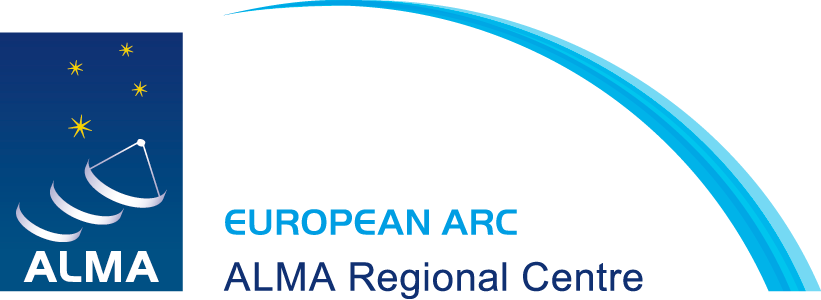European ARC Announcements
European ARC Announcements are provided by ESO and the European ALMA Nodes that together make up the European ALMA Regional Centre Network.
The Cycle 8 2021 ACA Supplemental Call for Proposals is open
Published: 08 Sep 2021ALMA Cycle 7 Science Observations Status Update
Published: 07 Sep 2021ALMA Cycle 8 2021 Supplemental Call Pre-Announcement
Published: 23 Aug 2021ALMA Cycle 8 2021 Proposal Review: Detailed Report
Published: 20 Aug 2021Update on the Amplitude Calibration Issue Affecting some ALMA Data
Published: 11 Aug 2021New development study exploring atmospheric variations
Published: 01 Aug 2021ALMA Cycle 7 Science Observations Status Update
Published: 16 Jul 2021Amplitude calibration issue affecting some ALMA data
Published: 15 Jul 2021
« Previous
1
| 2
| 3
| 4
| 5
| 6
| 7
| 8
| 9
| 10
| 11
| 12
| 13
| 14
| 15
| 16
| 17
| 18
| 19
| 20
| 21
| 22
| 23
| 24
| 25
| 26
| 27
| 28
| 29
| 30
| 31
| 32
| 33
| 34
| 35
| 36
| 37
| 38
| 39
| 40
| 41
| 42
| 43
| 44
| 45
| 46
| 47
| 48
| 49
| 50
Next »
Showing 177 to 184 of 396 announcements

